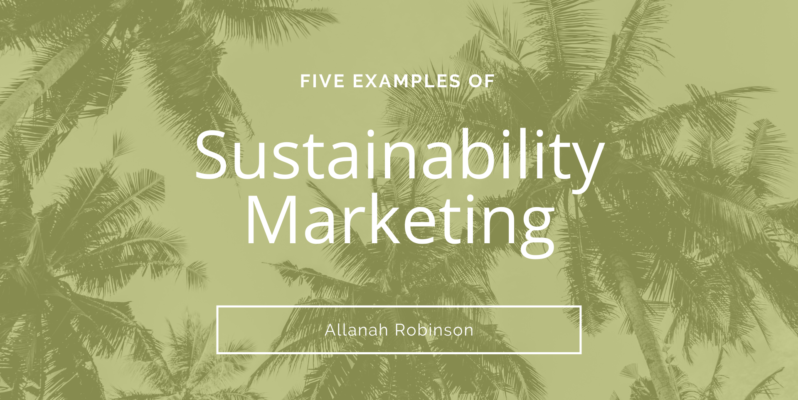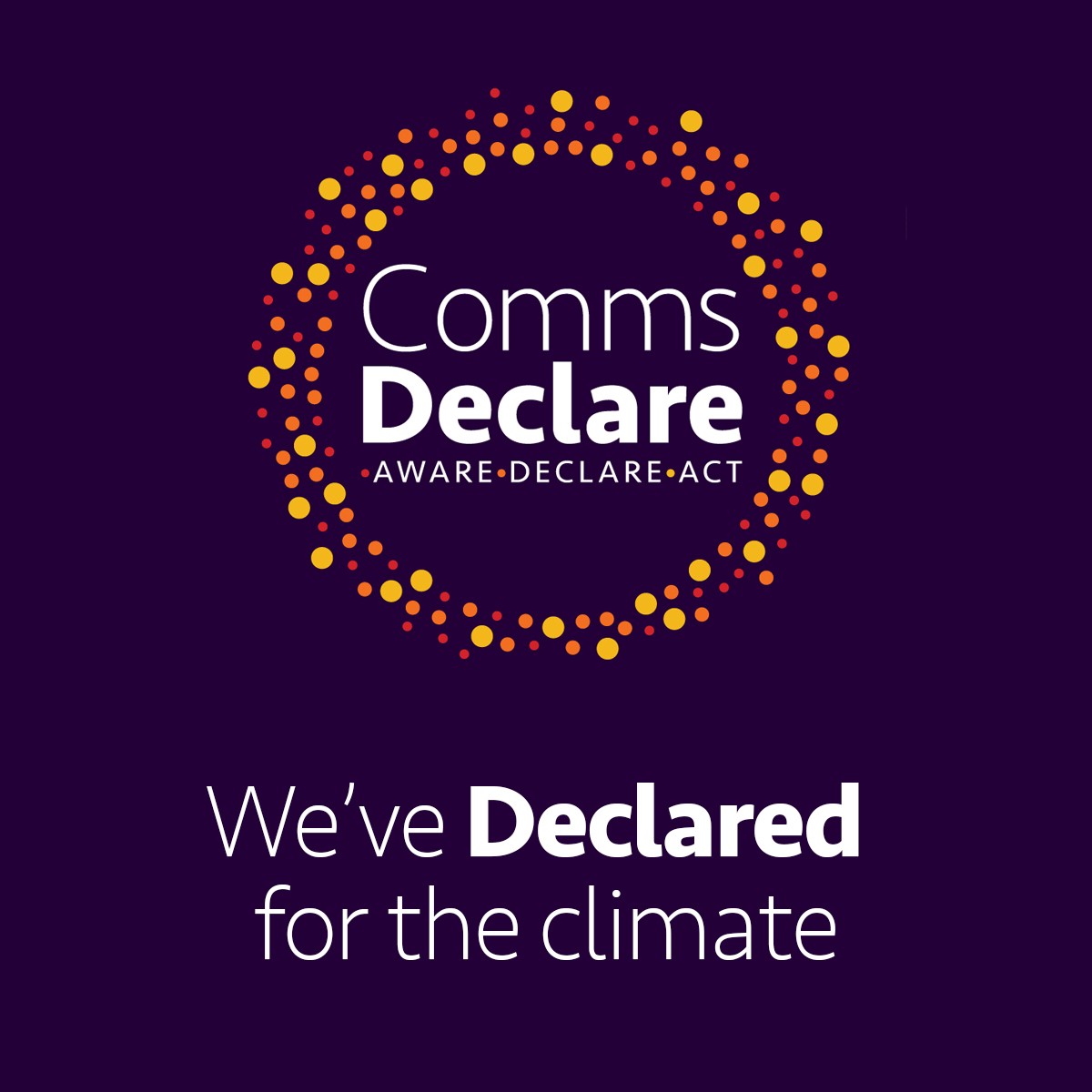Allanah Robinson, a GoodSense marketing expert, shares take-home messages for great sustainability marketing from five international brands getting it right. Read on to find out more and consider what could work for your organisation. Thanks, Allanah!
Wearing your sustainability heart on your branded sleeve can be a scary prospect. Yes, customers favour businesses that are doing well by the planet, but we’ve all heard the stories of sustainability marketing fails. Clean diesel, anyone? So how do you get it right?
These five international brands may not all be sustainability superstars, but they are all great examples of effective sustainability marketing.
Lego: Keeping it real
There’s no getting away from the fact that Lego are small bits of plastic, frequently destined for landfill via the vacuum cleaner. To their marketing sustainability credit, Lego don’t ignore this inconvenient truth. Instead, they make this problem and how they’re working to fix it the centre of their sustainability story. They’ve set a public goal to sustainably source all materials by 2030, they’re up front that it’s not perfect, and they give updates on progress and setbacks. Alongside this, successes in energy use, CO2 emissions, waste, and packaging show their wider commitment to sustainability. By being honest about their journey, they’re controlling their own authentic sustainability story and building trust with their markets.
Take-home message: be authentic.
Microsoft: Evidence, evidence, evidence.
They call it ‘progress by numbers’, and holy moly, there are a lot of them. In a sector where the word ‘sustainability’ is secondary to ‘forced obsolescence’ and ‘e-waste’, Microsoft appears to be trying to turn the tide with an absolute tsunami of data. Want to know their sustainability KPIs? How their sustainability policies impact product development? Exactly how much CO2 they produce and what they’re doing about it? It’s all there, along with examples of their sustainability leadership in supply chains and through their global reach. By providing information on what they’re doing, why, on what fronts, and where, Microsoft makes their sustainability story believable.
Take-home message: Frame the context and give facts
O’Neill: Sustainability you can touch
Surfing label O’Neill might be small-fry as an international brand, but their 2016 creative approach to make plastic bottle waste tangible was world class. In an experiential and video campaign, they caught passers-by who put a plastic bottle in a rubbish bin, asked to borrow their sunglasses, and then dropped the sunglasses in the bin. After fishing out both the bottle and the sunnies, they highlight the glasses have the same plastic as the bottle. A pop-up recycling kit then turned the plastic bottle into a mini surfboard to take away as a reminder. By equating the plastic bottle to an item that had value, they make the messages about single-use plastics tangible and relevant, and reinforce O’Neill’s sustainable brand position.
Take-home message: make the invisible tangible and relevant
Intrepid Travel: It’s better together
As pioneers in responsible travel, Intrepid’s sustainability story could be all me-me-me. Instead, their stories are all us-us-us. From customers to suppliers, everyone is expected to be part of their sustainability story. In a win-win, Intrepid also benefits from partnerships, displaying their formal sustainability accreditations in their communication and partnering with recognised international bodies in their work. Whether that’s recognising World Animal Protection for their guidance in developing the Intrepid animal protection policy, or supporting international programmes through their foundation, name dropping strengthens credibility. They publically share their goals and plans, and encourage others in their sector to copy them. By working with others, Intrepid is able to share credibility and build wider momentum for increased sustainability in their sector.
Take-home message: Partnerships build credibility
Patagonia: Winning loyal hearts
No list of sustainable marketing greats would be complete without Patagonia. Sustainability is a driving vision of their brand, so it’s not surprising that they nail all five elements of successful sustainable marketing we’ve talked about here. And they do it with flair. Patagonia tell stories, using articles and videos on environmental and social issues through all their media. Their marketing campaigns and content are built on powerful messages about caring for people and places, and are supported with high quality image and content executions. By engaging through vivid stories and images, Patagonia captures customers’ emotion, building genuine brand loyalty.
Take-home message: Inspire with emotion.
No matter where you are on your sustainability journey, telling your story can help you connect with customers, and inspire others in your sector to begin their own journey. These five principles can help make sure you reap the rewards of getting sustainability marketing right.
Allanah Robinson is a marketing consultant with GoodSense, leaders in sustainable marketing
This article was first covered by Toitu
For updates every few months on ethical marketing and marketing sustainability from GoodSense sign up here













